AnandTech Article Channel |
- 13-inch Retina MacBook Pro Review (Late 2012)
- Aleutia Launches Ivy Bridge-based Relia Fanless Industrial Media PCs
- ASRock Vision HT: Ivy Bridge Carries the SFF HTPC Forward
- Google and Acer Bring Chromebooks to $199
- Titan Takes #1 Spot on Top500 List with 17.59 Petaflops in LINPACK
- NVIDIA Launches Tesla K20 & K20X: GK110 Arrives At Last
| 13-inch Retina MacBook Pro Review (Late 2012) Posted: 12 Nov 2012 10:53 PM PST Earlier this year Apple introduced its first Mac equipped with a Retina Display. The 15.4-inch MacBook Pro with Retina Display (henceforth rMBP) introduced a brand new, thinner and lighter chassis to the MacBook family while serving as the launch vehicle for the world's first 2880 x 1800 notebook display. Although the 15-inch rMBP was significantly more portable than its predecessor, the number one question asked after its release was when the MacBook Air would get similar Retina Display treatment. As the first Mac with an ultra high resolution IPS panel, the value of the 15-inch rMBP was obvious, but these days the market demands extreme portability. Over the past few years, the 13-inch notebook form factor emerged as a great balance between functional size and portability. Although many hoped for a MacBook Air equipped with a Retina Display, for the follow on to the 15-inch rMBP Apple made the logical progression and brought a Retina Display to its 13-inch MacBook Pro. Read on for our in-depth review of the new 13-inch MacBook Pro with Retina Display. | |||||||||||||||||||||||||||||||||||||||
| Aleutia Launches Ivy Bridge-based Relia Fanless Industrial Media PCs Posted: 12 Nov 2012 05:10 PM PST Aleutia is one of the few companies focusing on fanless and rugged PCs suited for industrial purposes. They started off in 2007 with an intent to serve the social enterprise computing market. Their initial customers were government and non-profit organizations with requirements for low-cost, yet rugged and power-efficient computers. Since then, they have expanded their customer base to include organizations such as Al-Jazeera, Schlumburger etc. Aleutia PCs are guaranteed to operate reliably even in remote, hot, and dusty environments. All PCs are built to order in London, UK. Aleutia officially launched the Ivy Bridge-based Relia fanless industrial PCs late last week. Based on the Q77 Express chipset, members of the Relia lineup can be used as fanless Industrial PCs or dual LAN servers. They have no moving parts, and are ideal for HTPC, digital signage and other custom computing applications where low power and fanless operation are desired characteristics. Aleutia claims that the lineup consumes less than 17W when idle and around 55W under full load. As is the case with most fanless PCs, the chassis itself acts as a giant heat sink. The chassis is an exclusive design for Aleutia from Streacom (through Wesena), whose designs we had covered earlier.
The various configuration options for the different components are provided in the table below.
We have a review unit of the Relia in-hand. If there is a particular aspect that you want to see stressed upon in the final review, let us know in the comments. | |||||||||||||||||||||||||||||||||||||||
| ASRock Vision HT: Ivy Bridge Carries the SFF HTPC Forward Posted: 12 Nov 2012 11:30 AM PST The small form factor (SFF) HTPC market has been steadily growing over the last few years. As mobile processors become more and more powerful, it is becoming easier for users to be satisfied with their performance even in desktop configurations. Before 2010, ION-based units with anaemic Atom CPUs were the only option for pre-built SFF HTPCs. ASRock was one of the first to buck the trend by introducing the Core 100 using an Arrandale CPU as a mid-range complementary offering to go with their low-end ION-based unit. Last year, we had the obligatory Sandy Bridge refresh in the CoreHT 252B, and now, the Ivy Bridge refresh in the form of the Vision HT 321B. We found the CoreHT 252B to be a decent, but not very impressive update. With Ivy Bridge improving the power profile and also pushing up the graphics performance, has ASRock done enough in the other departments to impress us with the Vision HT? Read on to find out. | |||||||||||||||||||||||||||||||||||||||
| Google and Acer Bring Chromebooks to $199 Posted: 12 Nov 2012 09:34 AM PST It seems we're not through with new Chromebooks yet. Google's tagline for their lightweight PC operating system initiative is "Chromebooks for Everyone," and to that end they are racing to the bottom when it comes to price. The latest new Chromebook, comes from longtime Chrome OS partner Acer, and is dubbed the C7. Where the latest Samsung Chromebook is notable for its ARM architecture, the Acer C7 is a much more traditional choice, whose primary goal was containing costs. But when low cost is the target, sacrifices are made.
Firstly, the comparison point for this device shouldn't necessarily be its immediate competition, the new Samsung Chromebook, but rather that notebook's immediate predecessor the Samsung Series 5 550. This was the flagship for the last generation of Chromebooks and was notable for its Intel Core-based Celeron 867 processor, 4GB of RAM and capable 16GB NAND storage. The improvement in performance over prior Chromebooks was palpable because of the increased CPU and GPU performance. The Acer C7 is, generally, a step back in all specifications. The processor is the slightly slower Celeron 847, the RAM drops to 2GB and the NAND storage is omitted in favor of a traditional mechanical drive. The 320GB mechanical drive is the biggest concession to cost savings, as it makes almost no sense for an OS so clearly focused on the cloud. It also likely contributes to the battery life penalty this iteration takes; a paltry 3.5 hours, hardly a road warrior then. And if this looks at all familiar, it's because you previously came across the Acer Aspire One AO756-2641. That Windows 8 netbook matches the C7 down to the design and the sub-4 hour battery life. But the reward for all these concessions? A price of just $199, less than half what Samsung's Series 5 550 goes for still, and slightly more than $100 below the Windows iteration. The price includes 100GB of Google Drive for two years, and 12 GoGo inflight WiFi sessions, and is surely the cheapest way to a Core-based system, even if it is a Celeron. One thing is clear, no matter the market, Google intends to compete if not dominate on price. And if that means better gear at lower prices, there's little room for us to complain.
Gallery: Acer C7 Chromebook | |||||||||||||||||||||||||||||||||||||||
| Titan Takes #1 Spot on Top500 List with 17.59 Petaflops in LINPACK Posted: 12 Nov 2012 06:26 AM PST Last month I took a tour of Oak Ridge National Laboratory and visited the final stages of the assembly of the Titan supercomputer. Titan brings together 18,688 compute nodes, each complete with a 16-core AMD Opteron 6274 CPU and an NVIDIA Tesla K20X GPU. The total core count ends up at 299,008 AMD x86 CPU cores and 50,233,344 NVIDIA GPU cores. Each CPU gets 32GB of DDR3 while each GPU is paired with 6GB of GDDR5 for a total of 710TB of memory in Titan altogether. The entire machine will use as much as 9 megawatts of power under full load. I described some of the types of applications that will run on Titan in our earlier article, but one of the first applications that Titan was tuned for was the LINPACK benchmark. The Top500 list of world's fastest supercomputers as measured by LINPACK is updated twice a year: in June and November. The Titan upgrade was completed just in time to tune and run LINPACK on the machine and submit an official score. As with any new system there's always the threat of hardware or software issues, but luckily the teams working on Titan were able to upgrade all 18,688 compute nodes and get this system stable and running in time to meet the November deadline for submissions. The result is very impressive, a score of 17.59 petaflops in the LINPACK benchmark while drawing 8.21MW of power. Titan's first LINPACK score gives it the first place position on the Top500 list of supercomputing sites. Number two on the list is IBM's BlueGene/Q system using PowerPC A2 CPUs and delivering 16.33 petaflops.
| |||||||||||||||||||||||||||||||||||||||
| NVIDIA Launches Tesla K20 & K20X: GK110 Arrives At Last Posted: 12 Nov 2012 05:00 AM PST Continuing our SC12 related coverage today, while AMD was the first GPU announcement of the day they are not the only one. NVIDIA is also using the venue to launch their major GPU compute product for the year: Tesla K20. Upon completion of K20 a bit earlier this year, NVIDIA dedicated most of the initial K20 allocation to Oak Ridge National Laboratory’s Titan supercomputer, completing delivery on a contract years in the making. With Titan complete NVIDIA can now focus their attention and their GPU allocations towards making the Tesla K20 family available to the public at large. With SC12 and the announcement of the new Top500 list as their backdrop, today NVIDIA will be officially launching the Tesla K20 family of compute GPUs. | |||||||||||||||||||||||||||||||||||||||
| You are subscribed to email updates from AnandTech To stop receiving these emails, you may unsubscribe now. | Email delivery powered by Google |
| Google Inc., 20 West Kinzie, Chicago IL USA 60610 | |

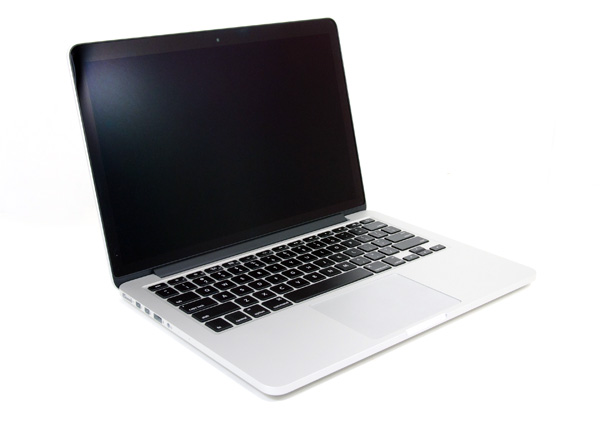









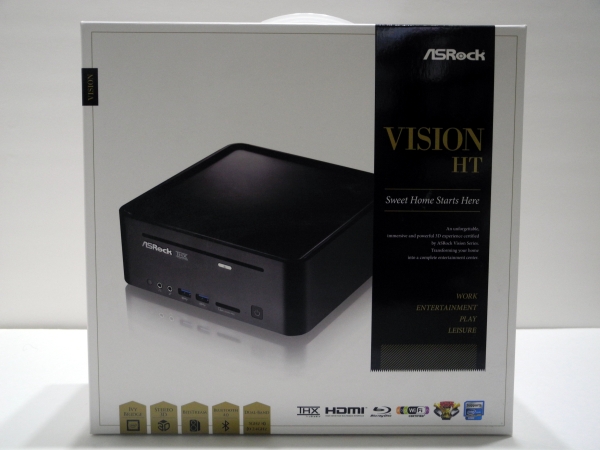
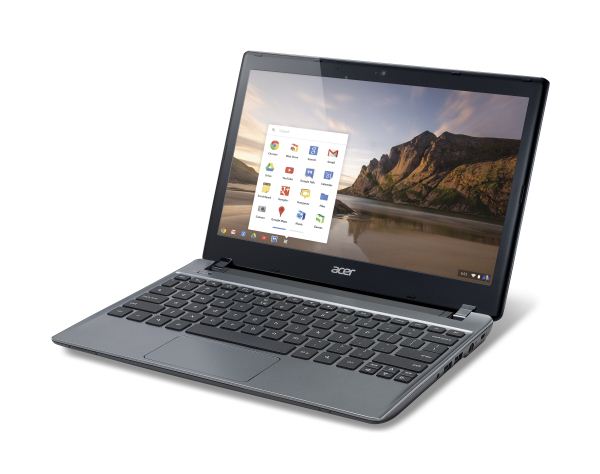







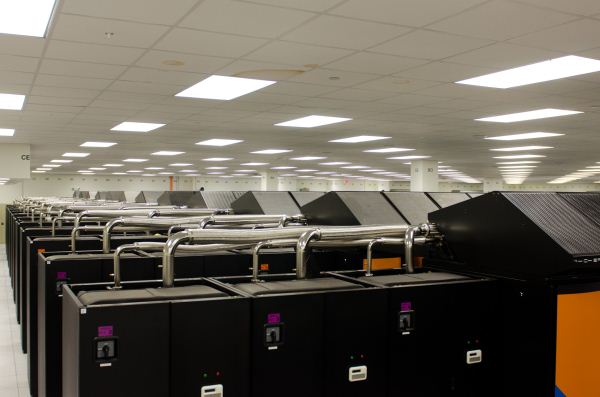






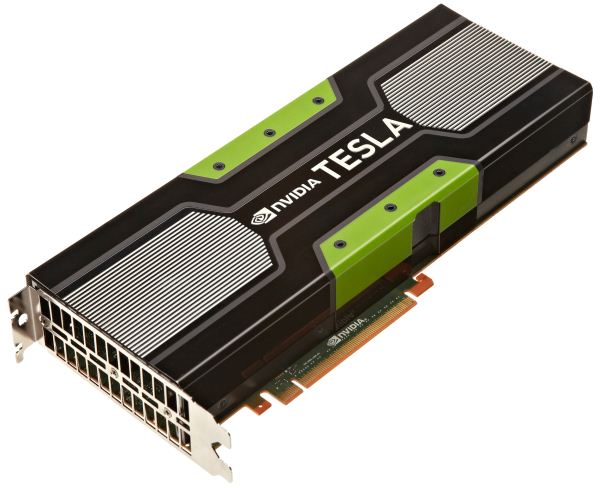
No comments:
Post a Comment